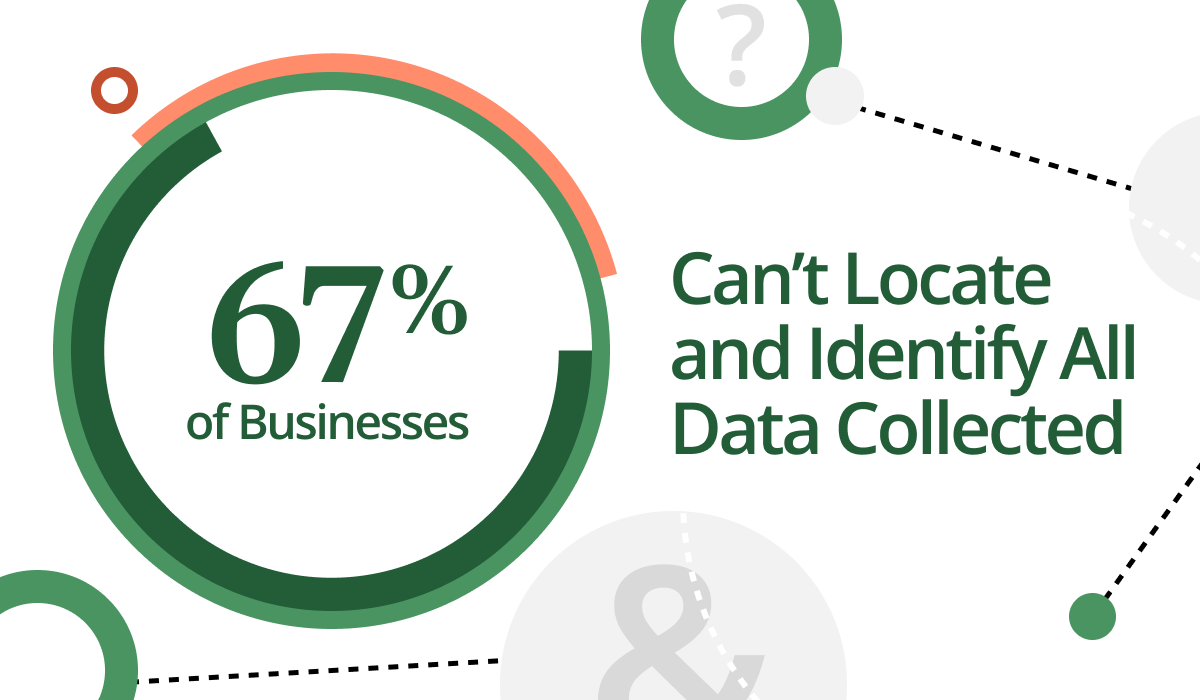
Businesses collect large volumes of data, but according to survey results published in Vena's 2020 Industry Benchmark Report, it seems that a good majority of companies are still in the dark when it comes to finding the data they need and making the most of it. When 350 global business leaders and finance and operations professionals from a wide range of industries were asked if they had located and identified all the data that is collected in their businesses, 67% claimed that they had not.
So why are businesses collecting so much data when clearly most of it goes unused?
There's no denying that data--both hidden and visible--is a valuable resource for businesses. But when businesses have too much data, especially when it's disparate and siloed, it's like sitting on a gold mine of missed opportunities for your business. What good is internal data collection when you can't find it, structure it and harness that data to extract value from it?
Removing barriers to data location is the first step in turning data into actions. And it starts with automating and integrating all of that data--in different formats and from various sources--into a centralized database instead of manually gathering, sorting and filtering it. Not only does automating and integrating data save businesses time and money, it also reduces error margins, ensures data reliability, easily allows for data updates and improves business efficiency across the organization.
Once your team is set up in a secure and collaborative work environment instead of digging through multiple systems to get to the data they need, that's when they can really start putting all of that data to work.
Read this blog to find out how automation, analytics and accuracy are the top three priorities and challenges facing finance teams.
Quick access to data leads to faster insights and smarter decisions. When your team is instantly able to view data with ad hoc reporting and rolling forecasts and to test assumptions with scenario modeling, you'll get to know your business from every angle, mitigate business risks and change course when needed to keep your business on track.
And most importantly, with those insights you can turn that data into a direction, helping your business stay agile and competitive no matter what changing market trends or economic conditions come your way. Learn four best practices for preparing your business for the future by reading this blog on scenario modeling.
The future is not about how much internal data you have, it's about unlocking the power of that data to transform your business and guide you on your path to success. With the right people, process and technology in place--and the data you need to back up your decision making--you'll be able to adapt to rapid change and keep moving forward with a shared vision.
Discover how to accelerate your budgeting and forecasting processes so you can position your business for the future on a daily basis.
Download Vena's 2020 Industry Benchmark Report here.
As Senior Director of Content and Communications, Jonathan Paul leads content strategy and execution at Vena, overseeing the development of owned media and content experiences that help finance professionals fuel business health, as well as their personal and professional growth. When he's not dreaming up new ways to offer audiences value through content creation, Jonathan loves to lose himself in an immersive video game with a solid narrative, lose golf balls pretending to be good at golf and lose time dreaming about time travel.
